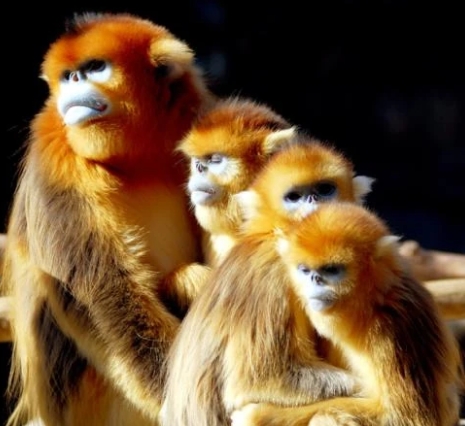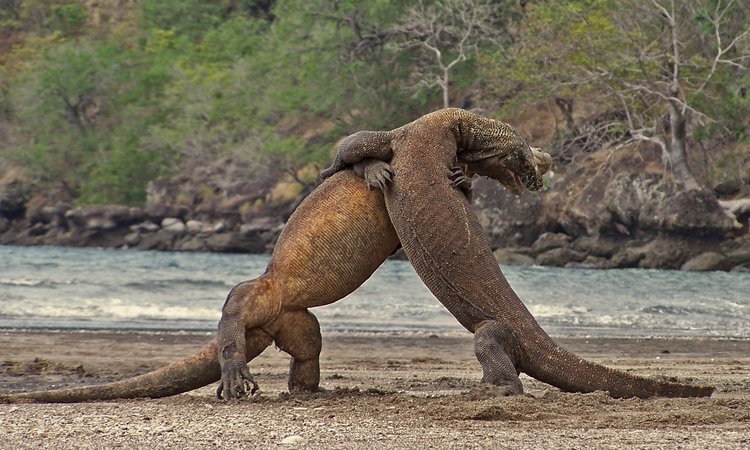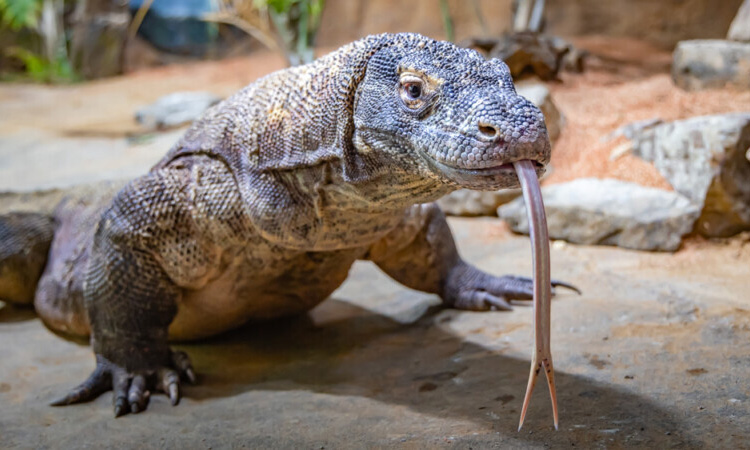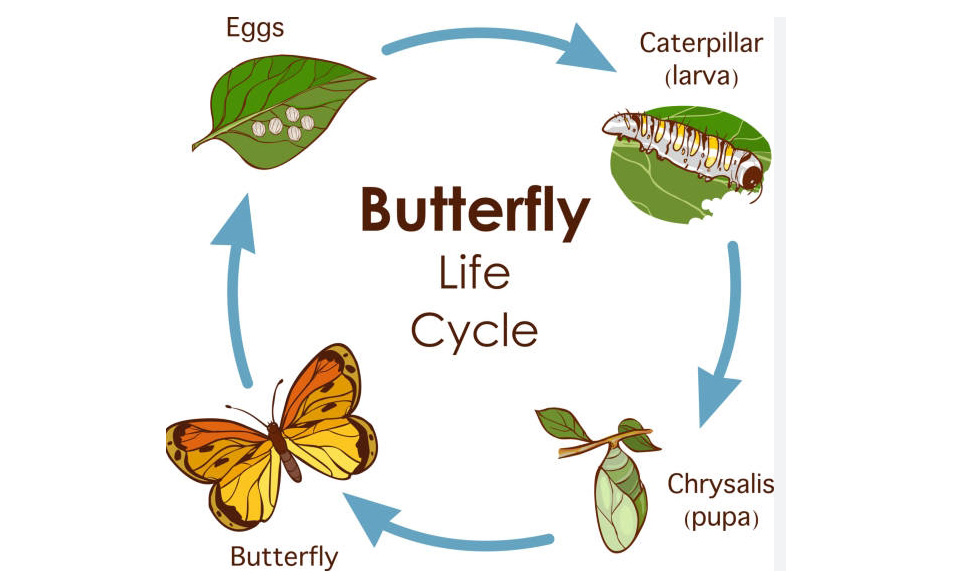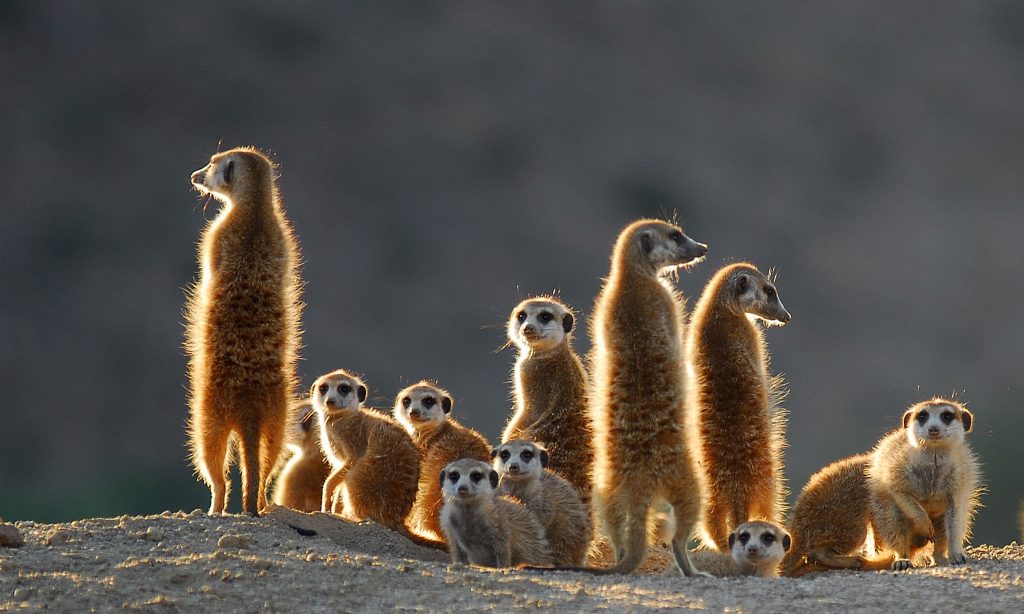Meet the Golden Bear Monkey: A Rare and Fascinating Primate
Golden Bear Monkeys are a unique and rare species of monkey that can be found in the dense rainforests of Central and South America. These primates are known for their striking golden fur, which gives them their distinctive name.
Physical Appearance
Golden Bear Monkeys are medium-sized primates with a body length of about 20-30 inches and a tail that is almost as long as their body. They have a stocky build, which gives them a bear-like appearance, and their golden fur is soft and thick, helping them to stay warm in the humid rainforest environment.
Behavior and Diet
These monkeys are highly social animals that live in groups ranging from 5 to 30 individuals. They are mainly frugivorous, meaning that they primarily eat fruits, but they also consume leaves, flowers, and insects. Their strong jaws and sharp teeth help them to break open tough fruits and seeds.
Habitat and Conservation
Golden Bear Monkeys are found in the tropical rainforests of Central and South America, where they spend much of their time high up in the trees. Due to deforestation and habitat loss, their populations are declining, making them a vulnerable species.
Ecological Importance
As frugivores, Golden Bear Monkeys play a crucial role in the rainforest ecosystem by dispersing seeds through their droppings. This helps to maintain the diversity of plant species in the forest and contributes to the overall health of the ecosystem.
Conservation Efforts
Efforts are being made to protect the habitat of Golden Bear Monkeys and raise awareness about the importance of their conservation. Conservation organizations are working to establish protected areas where these primates can thrive and to educate the public about the threats they face.
In conclusion, Golden Bear Monkeys are a rare and fascinating primate species that are worth protecting. By learning more about these unique animals and supporting conservation efforts, we can help ensure their survival for generations to come.
